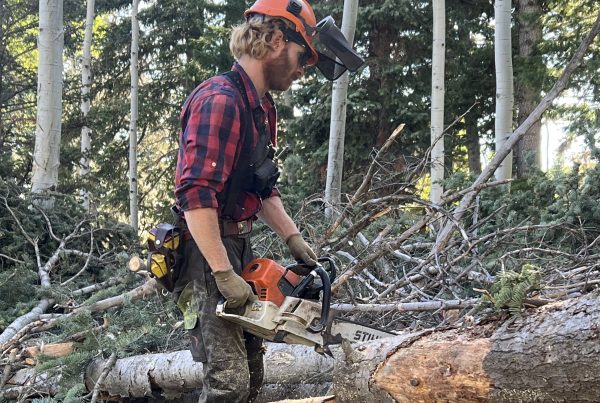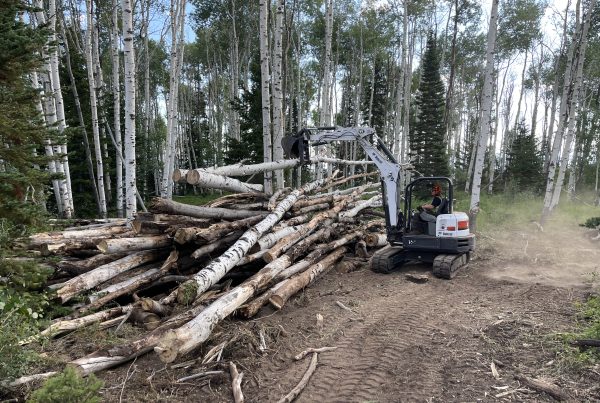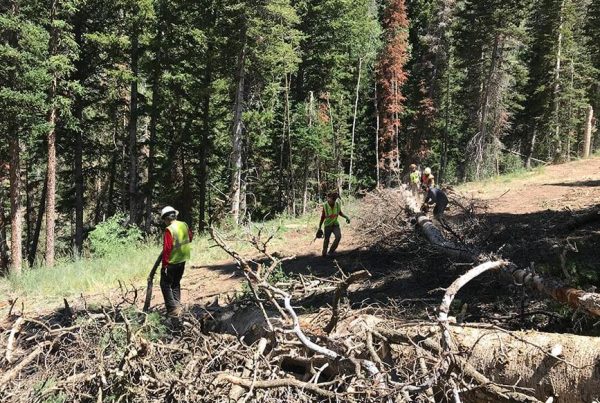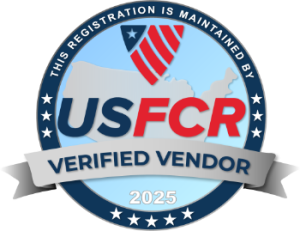How to prepare for forest fires is a crucial priority for Park City and Heber City homeowners who cherish mountain living yet face growing wildfire threats every summer.
Table of Contents
- Wildfire Risk in the Wasatch & Uinta Mountains
- Defensible Space & Defensible Landscaping
- Home Hardening & Ember-Resistant Construction
- Creating an Emergency Fire Plan & Wildfire Action Plan
- Evacuation Planning & Evacuation Routes
- Building an Emergency Wildfire Kit
- Fire Mitigation Preparation & Land Management
- Canyon Cutters Wildfire Services
- Post-Fire Recovery & Property Rehabilitation
- FAQs
Wildfire Risk in the Wasatch & Uinta Mountains
Utah’s high-elevation forests dry rapidly after snowmelt, creating wildland-urban interface risks that experts at Ready.gov rank among the nation’s fastest growing wildfire hazards. Climate data from the U.S. EPA show fire season length increasing by several weeks since the 1980s, while a Time-reported study warns that property losses could top $11 billion annually by 2050. Park City’s own Wildland Urban Interface Guide reinforces strict vegetation and roofing standards to reduce ember impact.
Defensible Space & Defensible Landscaping
How to create defensible space around your home
The NFPA Home Ignition Zone model divides the first 100 feet into three zones. Zone 0 (0–5 ft) should remain free of flammables; Zone 1 (5–30 ft) requires regular tree pruning and defensible space creation; Zone 2 (30–100 ft) benefits from a well-maintained fuel break and minimal understory growth.
Tips for wildfire preparedness in mountain properties
Add stone mulch near foundations, choose moisture-rich native turf, and maintain chimneys to Utah code. These best fire mitigation practices for forested homes significantly lower ignition risk for ski-area addresses.
Canyon Cutters offers wood chipping and tree pruning that meet county defensible-space grants.
Home Hardening & Ember-Resistant Construction
Flying embers ignite 60–90 percent of homes lost in wildfires, according to CAL FIRE. Replace shake shingles with Class A roofing, screen attic vents with 1/8-inch metal mesh, and seal gaps with intumescent caulk to achieve ember-resistant construction. Installing tempered-glass windows and metal gutter guards completes this home hardening checklist.
Creating an Emergency Fire Plan & Wildfire Action Plan
A written emergency fire plan clarifies roles, shut-off tasks, and reunion points. Download the free Ready.gov wildfire info sheet, then tailor your wildfire action plan to include local shelter locations and pet arrangements. This pre-fire planning should be revisited each spring.
Evacuation Planning & Evacuation Routes
How to build an evacuation plan for forest fire
Summit County recommends mapping at least three evacuation routes to counter ski-season traffic. Practice exits twice yearly. Check real-time alerts through Utah’s Fire Warden burn permit portal and NOAA radio. Assemble a forest fire readiness checklist with “Ready-Set-Go” triggers.
Building an Emergency Wildfire Kit
The FEMA disaster supplies checklist details water, N95 masks, and first-aid items for a 72-hour emergency wildfire kit. Include medications, IDs, pet food, chargers, and copies of insurance papers. Replace perishables every six months to stay prepared for preparing your property for wildfire season.
Fire Mitigation Preparation & Land Management
Large landowners may join state-supervised prescribed burn programs or opt for mechanical thinning. Canyon Cutters delivers fire mitigation preparation via land management, dump truck hauling, and stump grinding. Our teams create a long-lasting firebreak that protects ski-in & ski-out trails and upholds wildfire readiness.
Canyon Cutters Wildfire Services
Canyon Cutters is locally owned & operated in Park City, focusing on homes near ski resorts. We specialize in fire mitigation preparation, defensible space creation, storm cleanup, and snow removal. Contact Doug at Doug@canyoncutters.com or call (435) 604-5658 for a free site walk-through.
Post-Fire Recovery & Property Rehabilitation
After flames subside, erosion threatens slopes. Canyon Cutters’ property rehabilitation crews re-grade hillsides, seed native grasses, and install wattles. The USDA Forest Service advises limiting exertion during cleanup to reduce smoke health precautions risks.
FAQs
What steps should I take first to protect my property?
Begin with a wildfire action plan, then schedule Canyon Cutters for defensible space creation and home hardening advice.
Are open-flame slash burns legal in Summit County?
Yes, but only with a seasonal permit from the Fire Warden and strict adherence to fire safety measures.
How often should I update my emergency wildfire kit?
Review supplies every six months and after each forest fire preparation drill.
Can Canyon Cutters help with insurance documentation?
Our arborists photograph pre- and post-mitigation work to streamline claims.
Does defensible space reduce insurance costs?
Many carriers discount policies after verified defensible space creation and home hardening.









